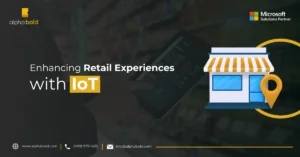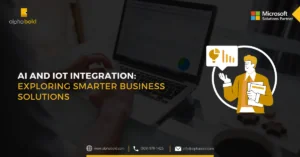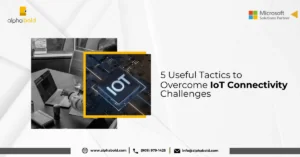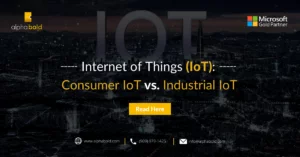Introduction
In this era of digital transformation, understanding the nuances of “IoT Business Strategy” is not just beneficial for C-level executives – it’s essential. As leaders tasked with guiding your organizations through dynamic and competitive markets, adopting a robust IoT business strategy emerges as a critical element, reshaping operational paradigms and setting new benchmarks in industry leadership.
Why is an IoT Business Strategy crucial for you as a top executive? First and foremost, it represents the cutting edge of innovation in creating new business models and revenue streams – vital for sustaining competitive advantage and market presence. IoT Business Strategy goes beyond mere technology implementation; it’s about harnessing this transformative power to drive core business outcomes: operational efficiency, cost reduction, and enhanced decision-making.
Furthermore, the strategic use of IoT in predictive analytics and risk management is a game-changer. In a business landscape driven by data, the insights provided by a well-executed IoT business strategy are invaluable. This strategy offers foresight into market trends, customer behaviors, and potential operational disruptions, empowering you with the intelligence for proactive and informed decision-making.
As we explore deeper in this blog, we will uncover the expansive role of IoT in revolutionizing various industry sectors, the latest trends, and why embracing a progressive IoT business Strategy is paramount for staying ahead in the rapidly evolving digital world. Whether it’s through innovation in product development, enhancing operational efficiencies, or redefining customer engagement, the strategic integration of IoT is key to unlocking new levels of success and sustainability in business and the economy.
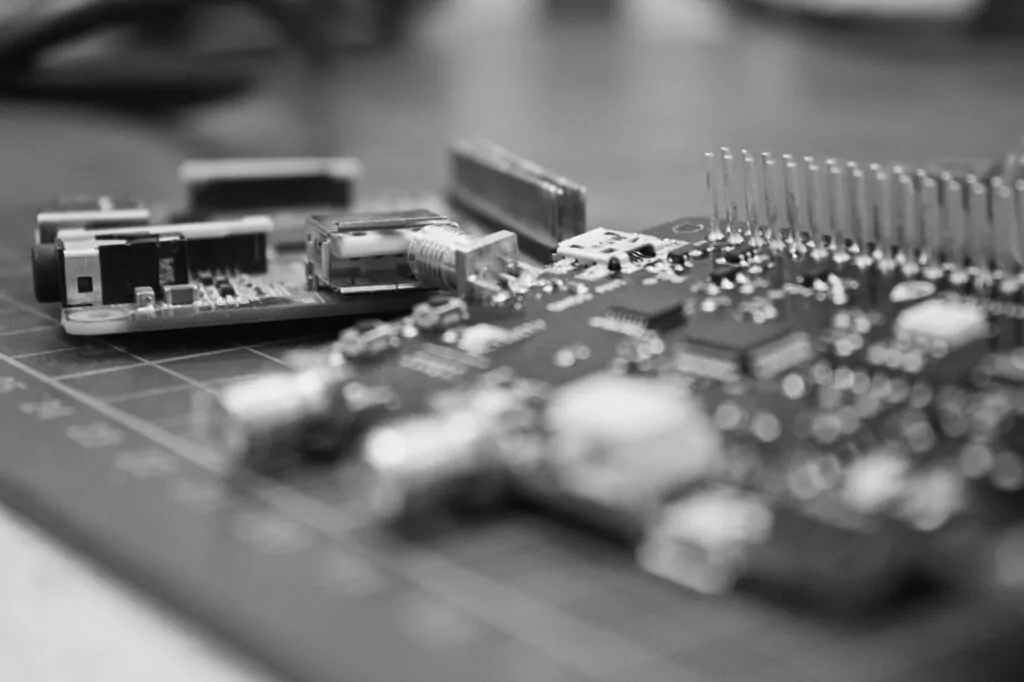
What is IoT?
The Internet of Things (IoT) refers to a concept where everyday objects (also known as devices), ranging from household appliances to industrial machinery, are equipped with sensors and connected to the internet. These devices can collect information and communicate over the internet with each other and with humans, generating huge amounts of data that can be utilized for generating insights, analysis, and the implementation of various use cases. The goal of IoT in general is to enhance efficiency, automation, and connectivity in various domains. This leads to improved productivity, convenience, and innovation.
For C-level executives, the implications of IoT are both profound and far-reaching, influencing every aspect of business operations across industries. It’s a pivotal tool that is reshaping the way companies function, compete, and grow in a hyper-connected world.
IoT’s significance in the business sphere is underscored by its rapid market growth and widespread adoption. Consider this: the global IoT market size reached an astonishing $399.41 billion in 2022 and is forecasted to grow to $486 billion in 2023, highlighting the momentum of IoT integration in the business world. Furthermore, with over 80% of senior business executives across industries acknowledging IoT as essential to their operations, it’s clear that IoT is not just a trend but a fundamental component of corporate strategy.
This transformative technology is not limited to specific sectors; its impact is visible across various domains. From manufacturing to healthcare, IoT is revolutionizing traditional business models. In healthcare, for instance, IoT has led to a market valuation of $291.2 billion in 2023, significantly transforming patient care and healthcare operations. In manufacturing and other industrial sectors, IoT facilitates predictive maintenance and efficient supply chain management, driving cost savings and operational efficiency.
The Internet of Things has significantly impacted businesses and the economy, and this blog will explore the latest trends.
Maximize ROI with IoT Implementation
IoT isn't just a trend; it's a game-changer. See how implementing IoT can significantly impact your bottom line. Our expert team will guide you through the process, ensuring a seamless transition and maximum return on investment.
Request a DemoIoT and AI
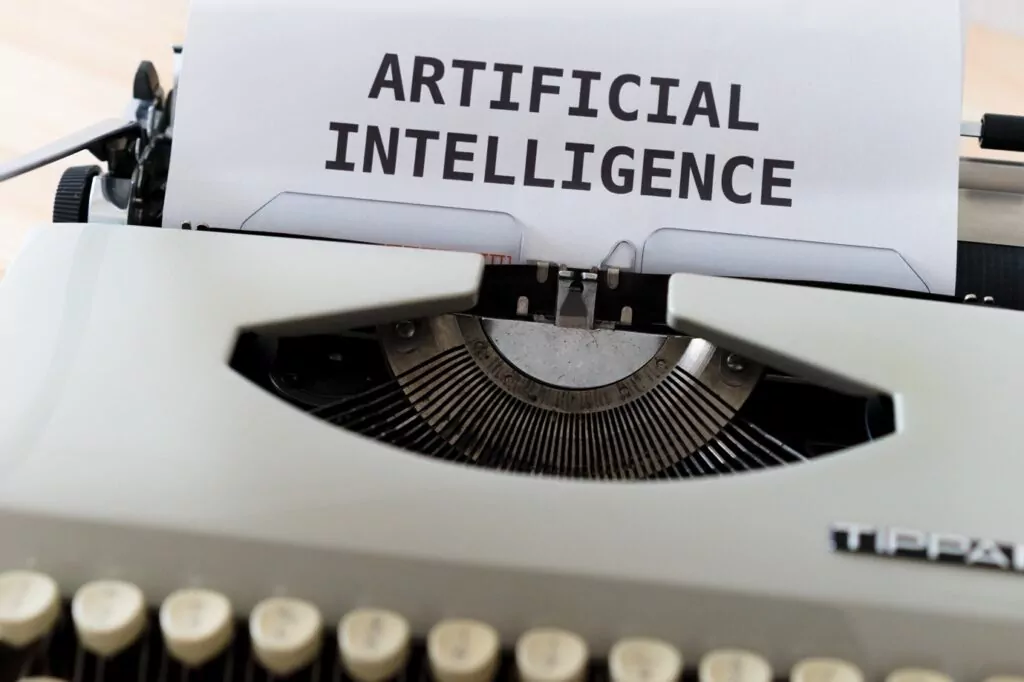
Elements of IoT Business Strategy at the Intersection of IoT and AI:
1. Data Analytics and Predictive Insights:
- IoT and AI combine to enhance data analytics. AI algorithms play a crucial role in analyzing real-time data from IoT devices, identifying patterns, and extracting valuable insights.
- Predictive analytics becomes a cornerstone of an IoT business strategy. For instance, AI-powered predictive maintenance utilizes IoT data to prevent equipment failures and optimize operations, leading to cost savings and efficiency.
- Explore BOLDConnect – AlphaBOLD’s ‘Talking Devices’ initiative envisions a world where devices communicate seamlessly with systems and people. This concept leverages sensor technology to monitor device health, marking a significant shift in industrial operations. The data from these communicative devices offer several advantages, including operational efficiency, reduced maintenance costs, and a treasure trove of insights crucial for business decisions.
2. Enhanced Security and Risk Management:
- IoT and AI integration is pivotal in enhancing security and managing risks in business environments.
- AI-based systems, fed with data from various IoT devices, excel in detecting potential security threats or anomalies in real-time.
- Case in point: AI-powered surveillance systems analyzing video feeds from IoT cameras to identify suspicious activities, thereby enhancing security measures.
3. Intelligent Edge Computing:
- Combining AI with edge computing revolutionizes IoT deployments, particularly in areas requiring immediate data processing and response.
- This integration allows IoT devices to perform real-time data analysis locally, significantly reducing latency.
- Applications such as autonomous vehicles and industrial automation benefit immensely from this technology, showcasing the effectiveness of IoT business strategy in real-time scenarios.
Read more about Streaming IoT Telemetries in real-time using SignalR and Blazor
IoT and Augmented Reality
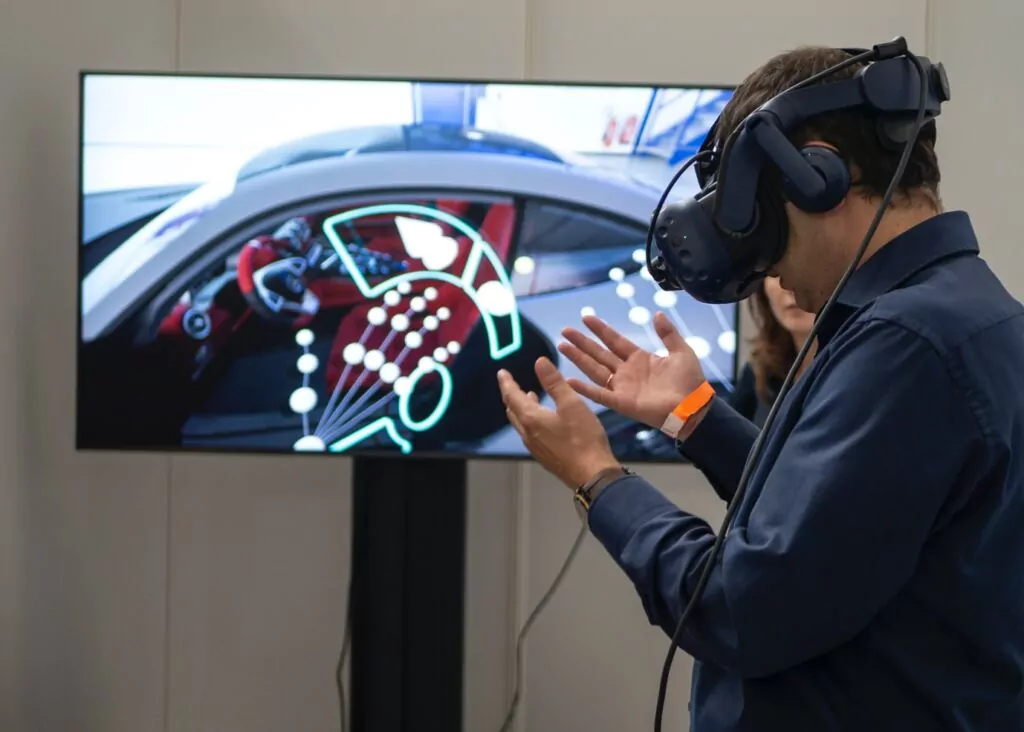
1. Field Service and Maintenance:
IoT and AR can greatly benefit field service and maintenance operations. Field technicians equipped with AR glasses or devices can leverage IoT-connected sensors to access real-time data about equipment performance and diagnostics. AR overlays relevant information and step-by-step instructions on the technician’s view, guiding them through maintenance procedures. This integration streamlines the troubleshooting and repair process, reduces downtime, and enhances the efficiency of field service operations.
2. Training and Education:
3. Retail and E-Commerce:
IoT in Healthcare
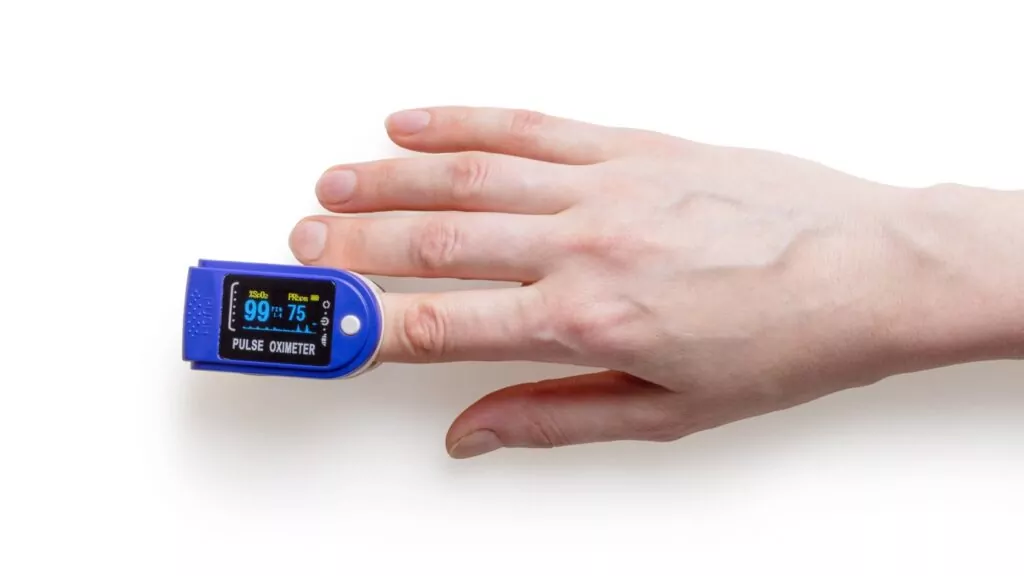
Accumsan lacus vel facilisis volutpat est velit egestas dui. Hac habitasse platea dictumst quisque sagittis purus sit. In tellus integer feugiat scelerisque varius morbi enim. Vulputate diAlso known as Internet of Healthcare Things (IoHT), is proving to be a game changer.
The introduction of wearables has enabled remote patient monitoring, guaranteeing continuous and attentive healthcare without the need for constant human presence.
On the consumer side, the insights generated by these wearables help users take charge of their own well-being through self-care. By providing patients or consumers with valuable insights into their lifestyle habits and areas that require improvement, wearables contribute to a widespread positive impact felt across various aspects of their lives. This shift in healthcare dynamics ensures enhanced patient care, optimizes resource allocation, and fosters greater awareness and responsibility for personal health. Due to these multitude of benefits, the healthcare industry is determined to focus on a robust IoT business strategy. The use cases speak for themselves!
Here are a Few Key Use Cases:
1. Telemedicine:
2. Early Disease Detection:
3. Improved Operational Efficiency:
Transform Your Business with IoT Insights
The IoT revolution is reshaping industries. Learn how your company can leverage IoT technology to enhance decision-making, optimize processes, and create new revenue streams. Partner with us to lead the charge in the digital economy.
Request a DemoIoT in MAnufacturing
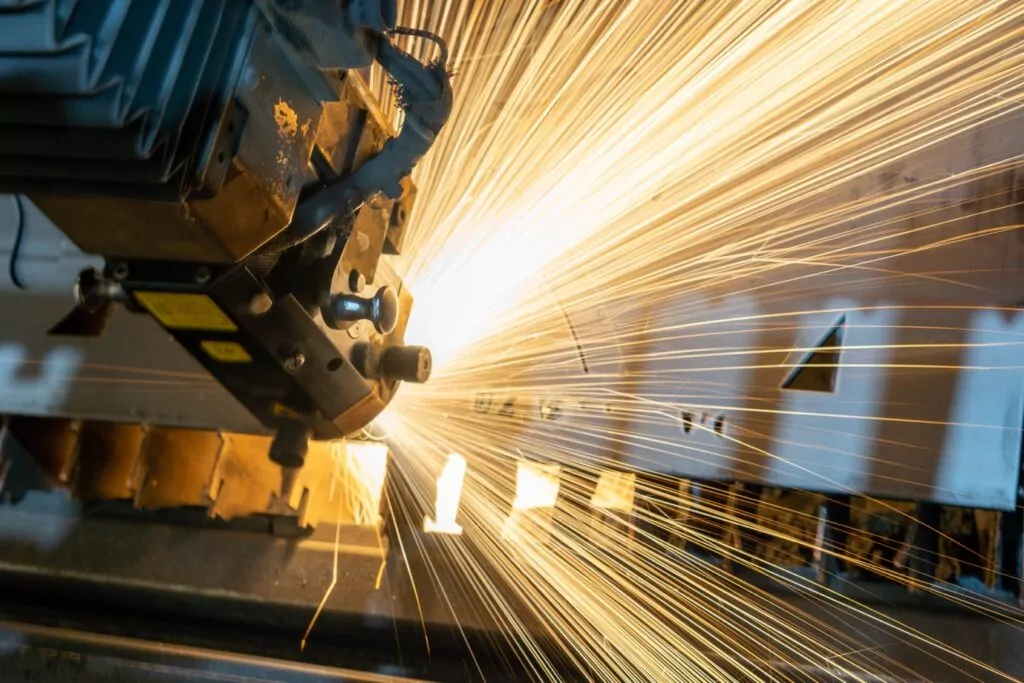
1. Smart Supply Chain Management:
2. Predictive Maintenance:
3. Remote Monitoring and Control:
C-Level Executives and IoT Benefits in Key Industries
1. Manufacturing – Chief Operations Officer (COO):
- Enhanced Production Efficiency: Implementation of IoT in manufacturing lines for real-time monitoring, leading to increased production efficiency.
- Cost Reduction: Predictive maintenance reduces downtime and saves costs.
- Innovation in Product Development: IoT aids in the development of smarter, connected products, aligning with market demands.
2. Healthcare – Chief Medical Officer (CMO):
- Improved Patient Care: IoT-enabled devices for remote patient monitoring, leading to better patient outcomes.
- Operational Efficiency: Automation of patient data entry into EHRs, enhancing operational workflows.
- Enhanced Research Capabilities: IoT devices provide valuable data for medical research and development.
3. Retail – Chief Marketing Officer (CMO):
- Personalized Customer Experiences: IoT-driven data analytics for personalized marketing and improved customer engagement.
- Supply Chain Optimization: Real-time inventory tracking for efficient supply chain management.
- Market Insights: IoT provides insights into customer behaviors and preferences, aiding in strategic marketing decisions.
4. Finance – Chief Financial Officer (CFO):
- Risk Management: IoT assists in fraud detection and enhances security measures.
- Operational Cost Savings: Automated processes reduce operational costs.
- Data-Driven Financial Decisions: Real-time financial data analysis for informed decision-making.
5. Technology – Chief Information Officer (CIO)/Chief Technology Officer (CTO):
- Enhanced IT Infrastructure: IoT for optimizing network and infrastructure management.
- Cybersecurity Enhancement: IoT devices contribute to stronger security protocols.
- Innovation in Services: Development of new IoT-based services and solutions.
6. Logistics – Chief Supply Chain Officer (CSCO):
- Real-Time Tracking: IoT enables real-time tracking of goods, improving logistics management.
- Efficient Resource Allocation: IoT data aids in the optimal allocation of resources.
- Sustainability Initiatives: IoT helps in implementing sustainable practices in logistics and supply chain.
7. Agriculture – Chief Agricultural Officer (CAO):
- Precision Farming: IoT for monitoring soil conditions and optimizing crop yields.
- Resource Management: Efficient use of water and fertilizers based on IoT data.
- Market Adaptation: Using IoT insights to adapt farming practices to market demands.
8. Hospitality – Chief Hospitality Officer (CHO):
- Guest Experience Enhancement: IoT for personalized guest experiences in hospitality settings.
- Operational Efficiency: Automation of hotel operations, from check-in to room service.
- Energy Management: IoT for efficient energy management in hospitality facilities.
In each of these sectors, IoT is not just a technological addition; it’s a strategic asset that empowers C-level executives to lead with greater insight, efficiency, and innovation. These benefits demonstrate the crucial role of IoT in shaping the future of various industries and the global economy.
Conclusion
As we conclude this comprehensive exploration of IoT Business Strategy, it’s clear that the Internet of Things (IoT) is more than just a technological advancement; it’s a pivotal force in the modern business landscape. From manufacturing to healthcare, retail to agriculture, IoT has emerged as a key driver of innovation, efficiency, and growth. C-level executives across industries are recognizing the transformative potential of IoT, leveraging its capabilities to enhance decision-making, streamline operations, and create new value for customers and stakeholders alike.
The integration of IoT with AI and AR has opened new frontiers in data analytics, security, and immersive customer experiences, demonstrating that the scope of IoT extends far beyond traditional boundaries. The insights provided by IoT systems empower businesses with a level of operational intelligence and market understanding previously unattainable.
In summary, the future of business in the digital era is inextricably linked with the strategic implementation of IoT. As technology continues to evolve, the ability to harness IoT effectively will become a crucial determinant of success. For businesses aiming to thrive in this dynamic environment, embracing IoT is not just a strategy for competitive advantage; it’s a necessary step towards sustainable growth and innovation.
Embracing IoT in business operations is no longer optional but essential for staying competitive and driving growth in the ever-evolving digital era. As we move forward, businesses that effectively integrate IoT into their strategies will be well-positioned to lead in their respective industries and shape the future of the global economy.


